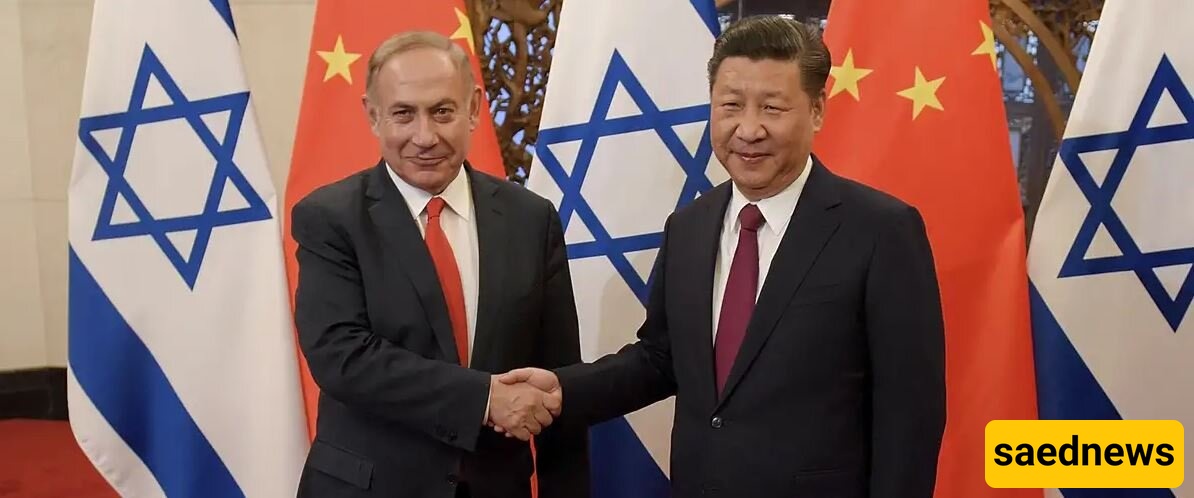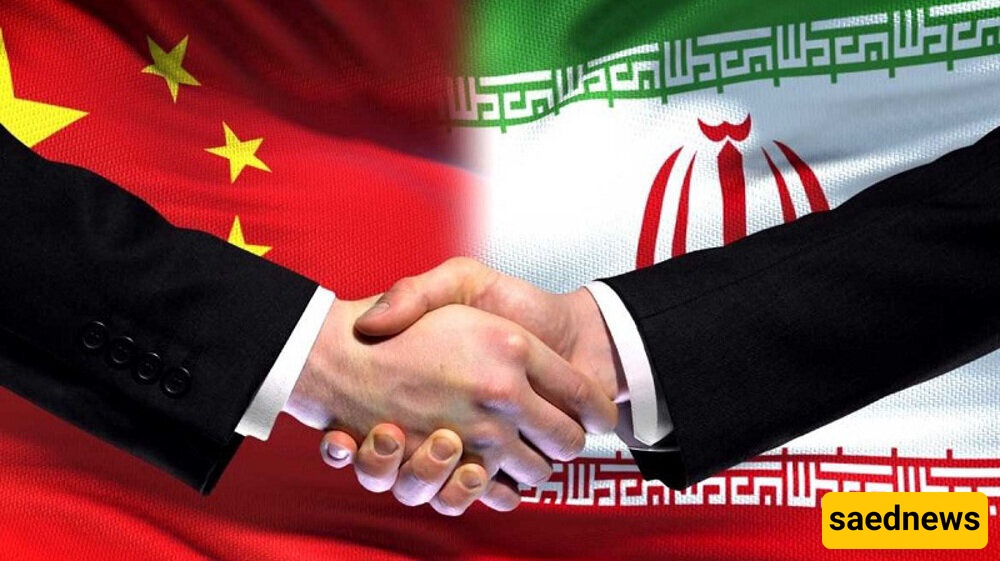SAEDNEWS: China’s Belt and Road faces a decisive test in West Asia: aligning with Iran as a guarantor of stability, or risking collapse by relying on Israel’s expansionist logic.

According to Saed News, On the contemporary West Asian chessboard, China is emerging as an increasingly decisive actor. Its Belt and Road Initiative (BRI)—one of the largest geoeconomic projects of the 21st century—requires solid anchors in a strategic region where energy routes, trade corridors, and some of the world’s most protracted conflicts intersect.

Yet Beijing faces a dilemma: how can it guarantee stability and continuity in a region marked by deep rivalries without abandoning its traditional role as a “neutral” actor? The time for postponement has passed. The very structure of the international system forces choices, and in West Asia that choice boils down to Iran.
The thesis of this analysis is straightforward: if China wants to secure its Eurasian economic project, only a firm alignment with Iran can achieve this. The alternative—a “weak” balancing act with Israel or its allies—jeopardizes not only the BRI in the region, but also Beijing’s ability to project itself as a stabilizing power in the Global South.
China conceives of the BRI as an infrastructure of multipolar integration. Its core objectives are threefold:
Energy: securing stable supplies from the Persian Gulf and Central Asia to East Asia.
Connectivity: establishing land and maritime corridors linking Eurasia with Africa.
Economic diplomacy: consolidating a global environment less dependent on the dollar and Western financial hegemony.
West Asia, given its geography and energy resources, is central to all three pillars. No overland route to Europe or maritime corridor to Africa can bypass its straits and ports. For this reason, Beijing cannot treat the region as a mere transit zone—it must be viewed as a nucleus requiring lasting stability.
Iran offers China what no other regional power can provide simultaneously:
Energy depth through vast oil and gas reserves.
Central location connecting Central Asia, West Asia, and the Indian Ocean.
Political autonomy as a non-U.S. protectorate.
Convergence on multipolarity and questioning Western hegemony.
This alignment is structural, not ideological. Both benefit from reducing dependence on the transatlantic order. The 2021 strategic agreement with Tehran underlined this, but Beijing has hesitated to commit fully. That hesitation is increasingly untenable.
Israel, by contrast, embodies instability: expansionism, regional conflicts, and strategic alignment with Washington. For China, Israel is at best a permanent risk factor and at worst a systemic threat to billion-dollar investments. Its expansionist logic of war and fragmentation is incompatible with the BRI’s logic of stability and connectivity.
In West Asia, two logics collide:
Israeli expansionism: rooted in instability, war, and fragmentation.
Chinese connectivity: dependent on secure corridors, predictability, and integration.
These cannot coexist. Iran, through its resistance axis, is the only actor structurally capable of containing Israel and ensuring corridor stability.
China’s credibility in the Global South also hinges on this choice. Ambiguity toward Israel risks undermining its image as leader of a just multipolar order. Supporting Iran, however, reinforces China’s legitimacy and ensures strategic access to energy and trade.
China can no longer afford neutrality. Choosing Israel means vulnerability; choosing Iran means building an axis of stability and connectivity. This is not ideology—it is geopolitical necessity.

